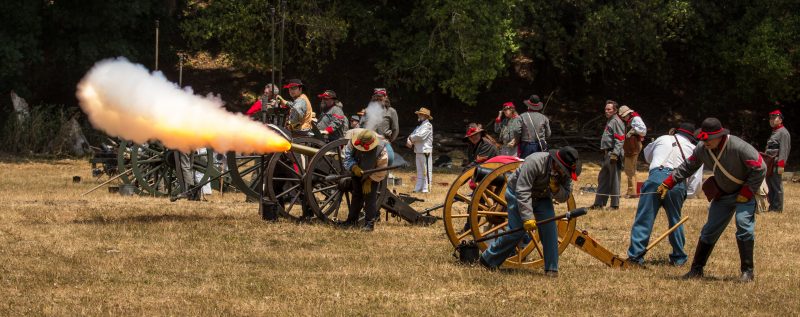Hampton was able to repulse seven Union cavalry attacks and inflict nearly twice as many casualties as he sustained. Hampton never lost a cavalry battle after that point.
Wade Hampton III was born into a life of heritage and privilege. His grandfather fought in the Revolutionary War, was a member of the House of Representatives, and became a general in the War of 1812. His father also served as an officer in the War of 1812, and was an aide to future President Andrew Jackson during the Battle of New Orleans.
Both sides of his family were immensely wealthy, and his family owned thousands of slaves to work their many plantations. Wade seemed destined for an easy life. His father assigned him plantations to manage, and he entered politics in his mid 30s.
However, after spending the better part of a decade in the state legislature, the entire course of his life changed. South Carolina seceded from the Union and Hampton had a choice to make.
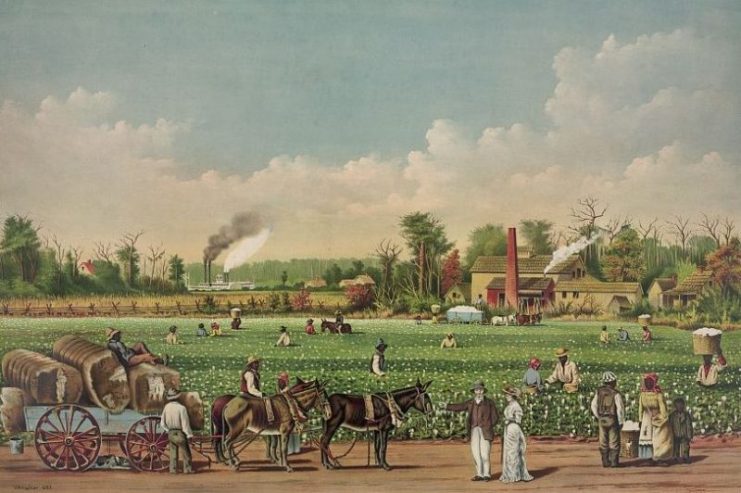
Hampton Forms His Legion
Although Hampton had originally opposed secession in the South Carolina legislature, he decided to back his state’s decision. He resigned his seat in the legislature and enlisted as a private to fight for Dixie.
However, the Governor felt that he deserved an officer’s commission, and convinced him to accept the rank of Colonel. Although it was unusual for a man with no military education or experience to immediately become an officer, there were several reasons for this decision.
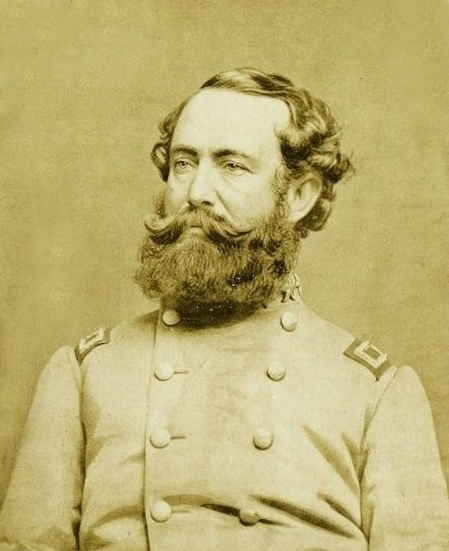
First off, the political class of South Carolina did not want one of their own to be seen as a lowly private. Second, as a plantation owner and legislator, he had some leadership experience. Finally, the South desperately needed money for weapons and payments to soldiers, and Hampton had the ability to fund his own legion.
https://youtu.be/mYpNz7bvB1g
Hampton was happy to live up to this expectation, and financed six companies of infantry, four companies of cavalry, and an artillery battery.
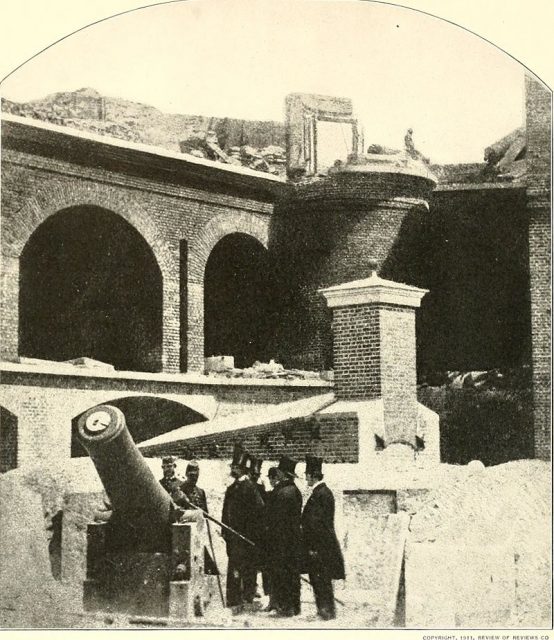
A Legendary Legion
Hampton’s Legion played a significant role from the very start of the war. At the First Battle of Manassas (Bull Run) it was actually Hampton’s men who held the line before Thomas “Stonewall” Jackson arrived to make his famous stand. If not for Hampton’s Legion, Stonewall Jackson might not have had a chance to turn the tide of the battle. Unfortunately for Hampton, his role is often overlooked.
He was also wounded in the battle when a bullet grazed his forehead while he led a charge. As more of Hampton’s officers went down, command fell to a young captain named Martin Gary, who went on to become a brigadier general by the war’s end.
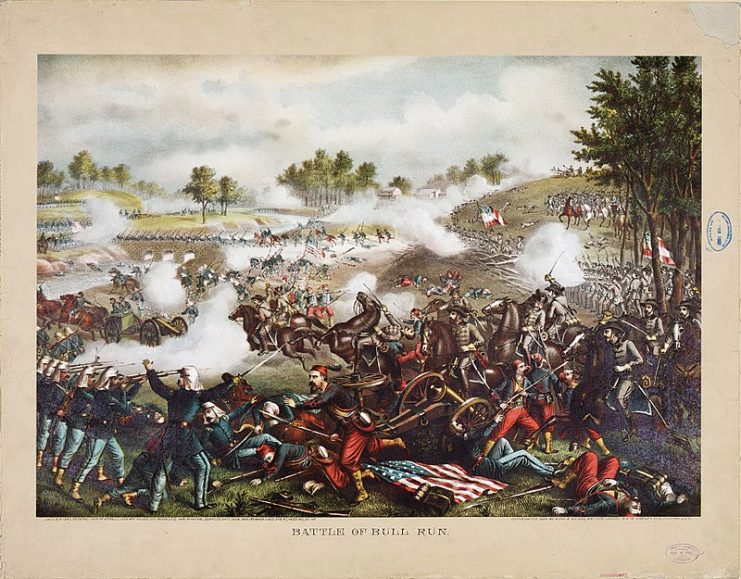
Hampton continued to distinguish himself throughout the war, although his Legion was often divided instead of fighting together as planned. (From this point on “the Legion” does not necessarily refer to the entire Legion, but rather elements present at certain battles).
For example, Hampton’s cavalry was separated from the rest of the Legion to create the 2nd South Carolina cavalry, which fought in most of the major battles in the East, while his infantry were sent West for part of the war.
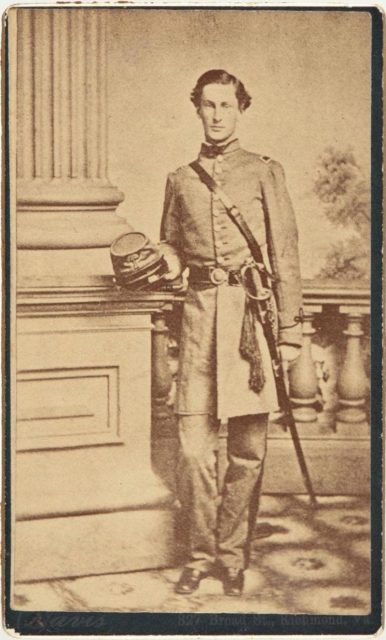
Elements of the Legion took serious casualties in the Peninsula and Maryland campaigns, although they performed well. The Legion would once again play a pivotal role at the Second Battle of Manassas when it pushed Union forces off of Chinn Ridge, largely destroying the 5th New York Regiment in the process.
After taking serious losses at Sharpsburg (Antietam) the infantry companies of the Legion spent time recovering in Richmond.
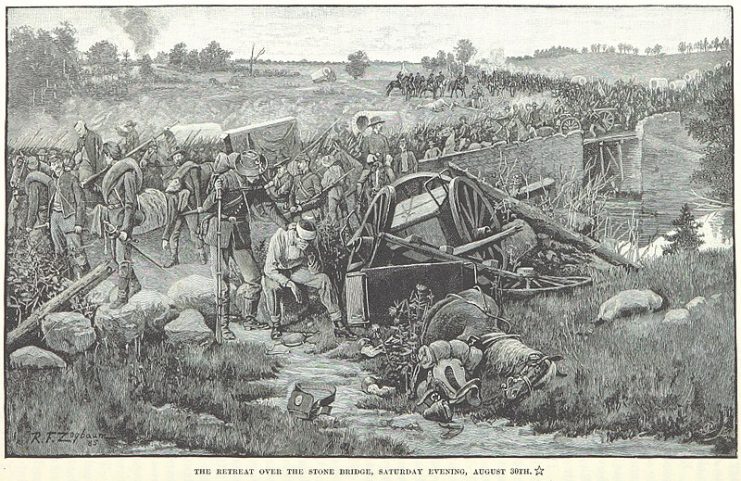
While the Legion’s infantry went West to assist in the Tennessee campaign, Hampton’s cavalry and artillery were with Lee’s army. Jeb Stuart selected Hampton, now a brigadier general, and his cavalry to come with him during his controversial raid before the Battle of Gettysburg. Due to this raiding, Stuart and Hampton did not arrive to the battle until late on July 2nd.
However, Hampton still fought boldly. Throughout the battle he sustained three wounds: twice from a saber, and once by artillery shrapnel.
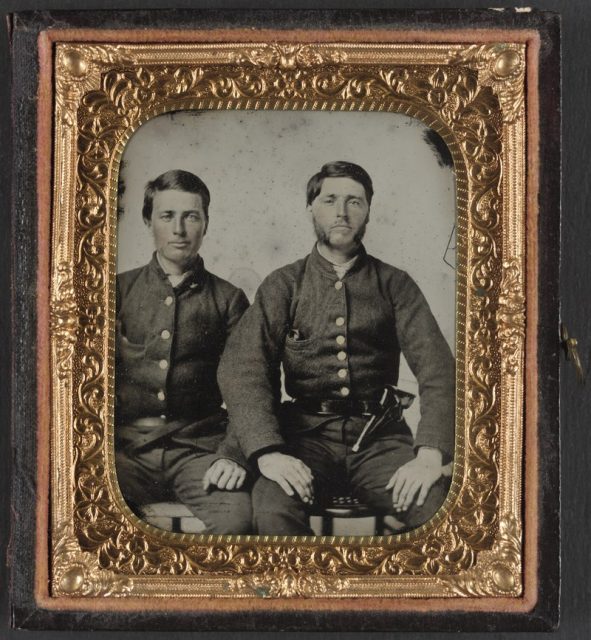
While Hampton was recovering, the Legion’s infantry took part in the Battle of Chickamauga and the Chattanooga campaign. When he recovered later in the war, he was placed in charge of a cavalry division, and continued to fight alongside Jeb Stuart. After Stuart was killed during the Battle of Yellow Tavern, Hampton took charge of the Cavalry Corps of the Army of Northern Virginia.
Hampton fought in a few inconclusive cavalry battles as Lee retreated towards Richmond. However, he soon found himself thrown into the greatest cavalry battle of the entire war—Trevilian Station. Despite being outnumbered, Hampton was able to repulse seven Union cavalry attacks and inflict nearly twice as many casualties as he sustained. Hampton never lost a cavalry battle after that point.
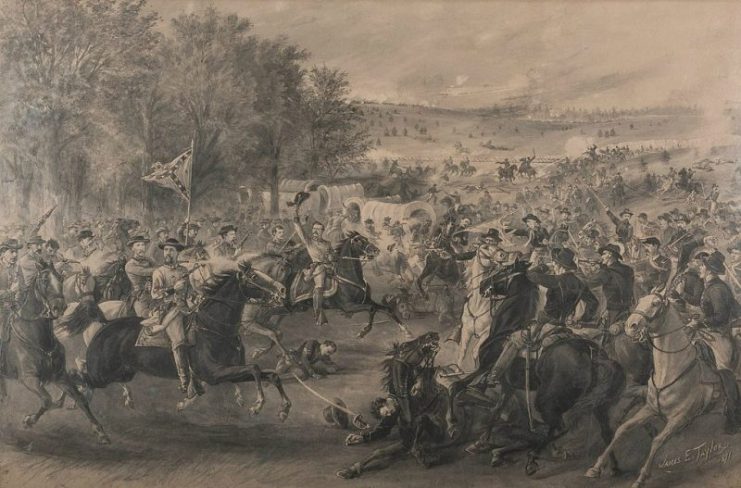
One of Hampton’s later actions was the “Beefsteak Raid” behind Union lines. As the Southerners were running low on food at Petersburg, General Hampton decided to take some from the Yankees.
He learned of lightly defended cattle behind Union lines, and brought 3,000 of his men, including some reported cattle thieves from Texas, for a raid on them. He ultimately captured over 2,600 cattle and 300 Union prisoners. Abraham Lincoln himself called it “the slickest piece of cattle-stealing” he had ever heard of.

Hampton’s men would also take part in the Siege of Petersburg at various points during that nine month long ordeal. One of his sons, serving under his command, was killed during the battle, and another wounded.
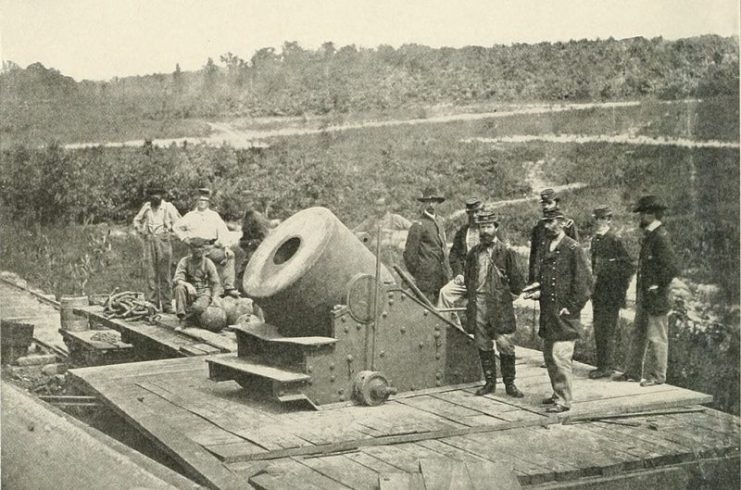
In 1865, Lee allowed the South Carolina men to return home to defend against the Union advance in their own state. Hampton surrendered along with Joseph Johnston in North Carolina on April 26, 1865.
By the end of the war, Hampton had been wounded five times, and his legion had become legendary.
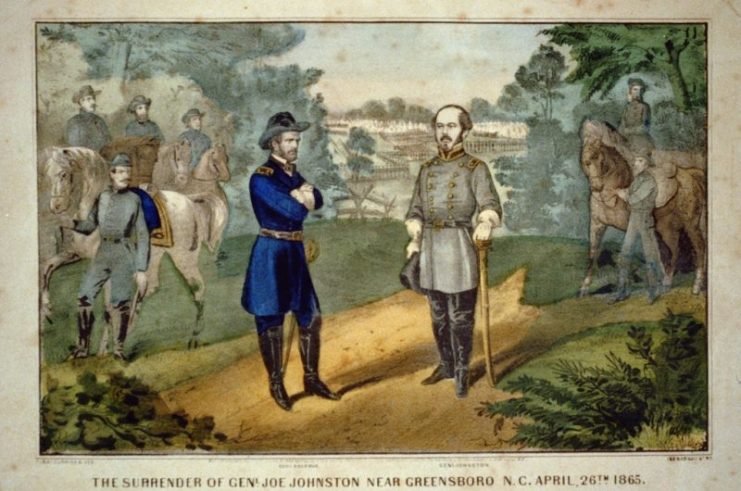
Hampton’s Inspiration
One of the most overlooked aspects of Hampton’s leadership is the incredible number of his subordinates who went on to became successful Confederate leaders. When historians talk about how Confederate leadership was superior to Union leadership, these are many of the men they talk about.
Alumni of Hampton’s Legion include Generals Stephen D. Lee, Martin W. Gary, Matthew C. Butler, James Conner, James Pettigrew, and Thomas M. Logan. Together, these generals served in every major battle of the war. Stephen Lee went on to obtain the rank of lieutenant general, the highest Confederate rank for most of the war.
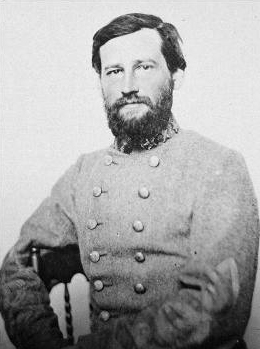
Not only is Wade overshadowed by Robert E. Lee, Stonewall Jackson, and to some degree several other generals, but many of his successful subordinates are as well. In many ways, Wade stands out as a Confederate leader as much due to the successes of his subordinates as his own military achievements.
Postbellum—Reformation or Lost Cause?
When Hampton returned to his plantations in South Carolina after the war, he found them burned. Of course, his slaves had also been freed. With his fortune lost, Hampton fell back on his old political connections. However, he did not fully reignite his career immediately.
Although his supporters practically drafted him to run for governor in 1865, he recognized that the United States would not take kindly to a Confederate general becoming a governor, and actively campaigned against himself. He successfully lost by about 3% of the vote. However, he decided to run in 1876.
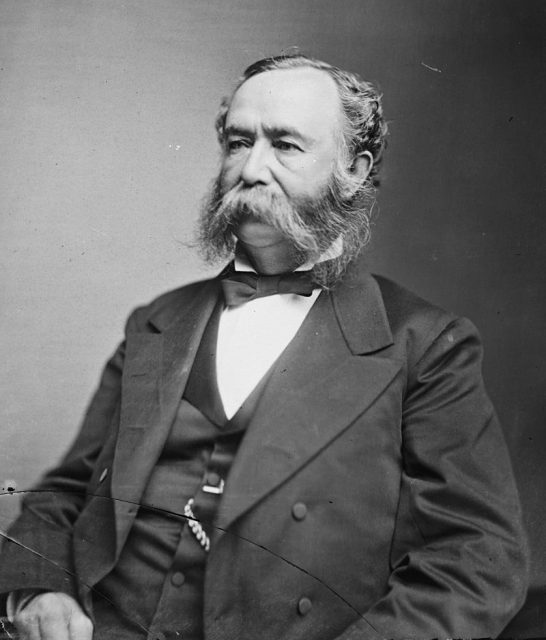
One of the great controversies of Wade Hampton’s life centers around his political career after the war. Some historians defend him as relatively progressive for his time, for he was against disenfranchisement of blacks, and open to Reconstruction.
His opponents point out that his supporters often engaged in violence to keep blacks from voting, despite Hampton’s denunciation of these tactics. In fact, the Red Shirts, a paramilitary white supremacist group, engaged in voter suppression and violence to support his campaign.
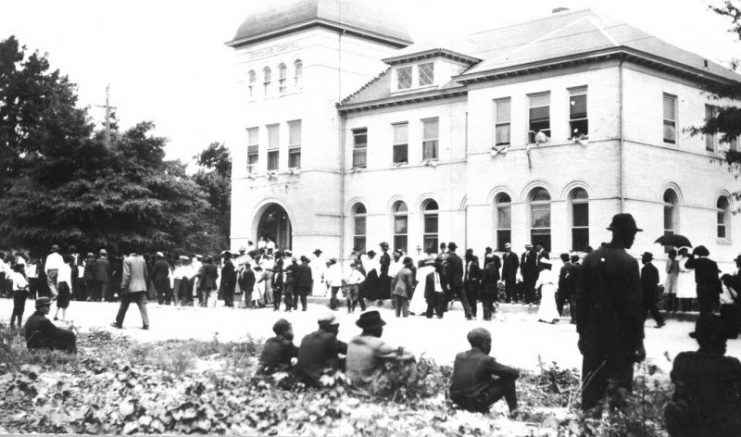
South Carolina gave its electoral votes to Rutherford B. Hayes in the deeply controversial Presidential election of 1876 in exchange for Hayes declaring that Wade won his own deeply controversial election for governor. This deal also ended Reconstruction in South Carolina.
Fraud and violence aside, Hampton became the first post-Reconstruction governor of South Carolina. Although he did not openly support disenfranchising freedmen, he was partially motivated by fear that the federal government would intervene if freedmen were not allowed to vote.
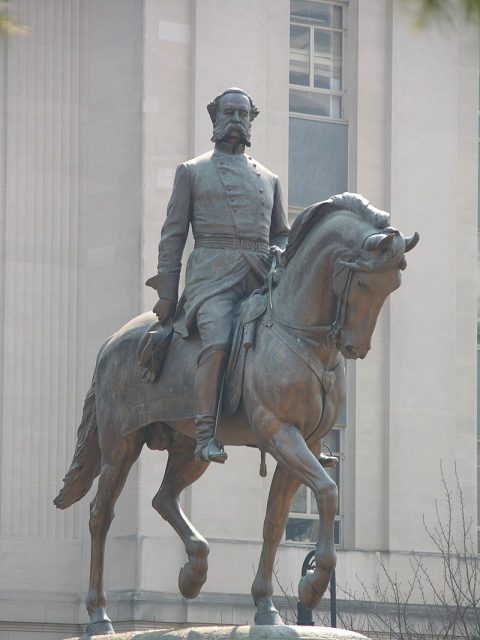
Hampton had support from some freedmen, and even reached out to them to win their votes. However, he ran against Daniel Chamberlain, who led black Union troops during the war. He also helped raise money to legally defend some of the violent groups that supported him, although he did not join any such groups.
Read another story from us: Andrew Jackson – Politician General in War of 1812
Ultimately General Wade Hampton had a profound, and often overlooked, role in the Civil War. In particular, he helped launch the careers of many other successful generals. However, his legacy is severely clouded by the end of Reconstruction under his governorship, the voter suppression and fraud surrounding his election, and his sympathy for the Lost Cause ideology.
